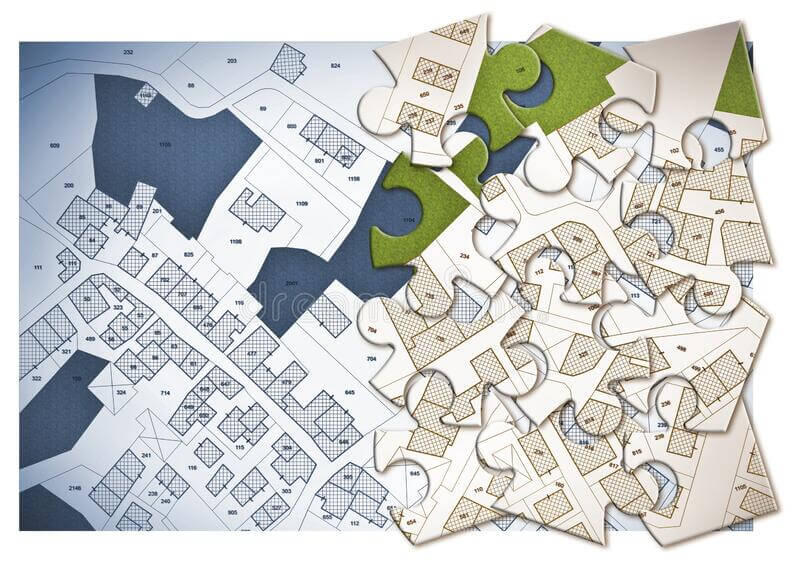By Larry Barnett —
The County of Sonoma’s Local Agency Formation Commission, LAFCO for short, governs the designation of spheres of influence of Sonoma County cities. A sphere of influence determines what land is or is not available to be incorporated into a city, and can be extended municipal services such as water, sewer, and policing.
LAFCO periodically undertakes a comprehensive review of each city’s operations and conditions, and its most recent report is now completed and available (at sonomalafco.org). It includes recommendations to the City of Sonoma regarding the provision of its services, availability of water, sewer, and other essentials, and possible future changes in the city’s sphere of influence.
The report contains one section for each of the following seven elements:
- Growth and Population Projections for the Affected Area
- The Location and Characteristics of Any Disadvantaged Unincorporated Communities Within or Contiguous to the Sphere of Influence
- Present and Planned Capacity of Public Facilities and Adequacy of Public Services Including Infrastructure Needs or Deficiencies
- Financial Ability of Agencies to Provide Services
- Status of and Opportunities for Shared Facilities
- Accountability for Community Service Needs, Including Government Structure and Operational Efficiencies
- Matters Related to Effective or Efficient Service Delivery Required by Commission Policy
When establishing or reviewing a sphere of influence, the LAFCO Commission considers this criteria:
- Present and planned land uses in the area, including agricultural and open space lands
- Present and probable need for public facilities and services
- Present capacity of public facilities and adequacy of public services provided by the agency
- Social or economic communities of interest
- Present and probable need for services to disadvantaged communities
Possible annexations
The City of Sonoma is constrained by the Urban Growth Boundary (UGB). The UGB puts a limit on how far the city can expand, and was created to prevent urban sprawl and encourage sustainable growth.
There are seven areas within the City’s sphere of influence and UGB that have not yet been annexed to the City. These areas are:
- Maxwell Farms Regional Park – The County Regional Park at the city’s northwestern corner.
- Montini Open Space Preserve – A preserved open space area that includes active farming and open space developed with hiking trails, to the north of the City straddling 1st Street West.
- Denmark Street/Garry Lane – A “notch” of unannexed area to the east of the City, substantially developed with suburban/rural residential uses.
- Four Corners – Unannexed properties primarily at the intersection of Highway 12/Broadway and Napa Road, including a parcel at Napa Road and 5th Street East.
- Train Town – An island of unannexed property that is developed with an amusement park, on 6. Highway 12/Broadway at the south end of the City.
- Harrington Road – A set of unannexed parcels on either side of Harrington Road, north of the Napa Road and 5th Street West intersection. This area is substantially developed, with many properties receiving municipal services (water and/or sanitary sewer) through Outside Service Area Authorizations.
The LAFCO report recommends the City take action to facilitate annexations in several of these areas, or consider seeking removal of territory from the City’s sphere of influence.
There is one area north of the city limits and outside the UGB. The land use designation is Resources-Rural. By definition, the area is not intended for urban development. Since that area is not likely to be developed or be part of the City in the near future, it should be dropped from the SOI. The SOI should then be limited to the area between city limits and the UGB.
Annexation recommendations
LAFCO encourages the City to consider actions taken in concert with other local agencies to improve the effectiveness and efficiency of providing municipal services in the Sonoma Valley region. The City should consider the possibility of expanding City boundaries to include areas in the Valley that are largely developed and urbanized.
The City, the report says, should review its position regarding the potential annexation of the two park areas, either seeking annexation or removal of the territory from the sphere of influence. The City should consider directly supporting appropriate annexations in the Denmark Street, Four Corners, and Harrington Road areas. Potential actions could include annexation proposals made directly by the City, preparation of a specific area plan, and subsequent annexation of the Four Corners area.
Also recommended: the City should not hesitate to apply to LAFCO to annex the Train Town unincorporated island. The City could request the annexation under the island annexation provisions now in place, in tandem with the Master Property Tax Exchange Agreement, to cause the annexation absent property owner support.
The annexation process
If the City pursues annexation, the next step would be up to the Sonoma City Council to approve a resolution, followed by public meetings, and a formal application to LAFCO. Once the annexation is approved, the area is no longer an unincorporated area of the County, subject to the board of supervisors, but part of the city, and subject to its rules and decisions of the city council.
Population
The LAFCO report also discussed the City’s population, which in 2018 totalled 11,253 residents. Although the City experienced growth between 2010 and 2018, averaging 0.7% annually, in 2019 and 2020 the City lost population. Based on data from the California Department of Finance, Sonoma had an estimated population of 10,924 as of January 1, 2021.
This represents a decrease in population from the same date in 2019 of -0.08% (89 people). It is the second year in a row that Sonoma’s population has declined. Between 2019 and 2020 the City lost 114 people. Nevertheless, countywide trends predict an increase in population between 2018 and 2023 to 11,286.
Water
The City operates and maintains 4,404 water service connections/meters, 1,437 valves, 476 fire hydrants, six water tanks, eight wells, two booster pump stations, and 58 miles of underground water main pipes.
The City receives most of its water from Sonoma County Water Agency (SCWA). The City’s wells contribute approximately 9% of the total demand.
In 2020 total demand was 2,174 AFY. In the next 25 years demand is expected to grow to 2,283 AFY, which represents an increase of 5%.
Future year water supply and demand estimates for normal year single dry year and multiple dry years shows an excess of supply over demand.
Larry Barnett is Vice Chair of the Sonoma Planning Commission.






Be First to Comment